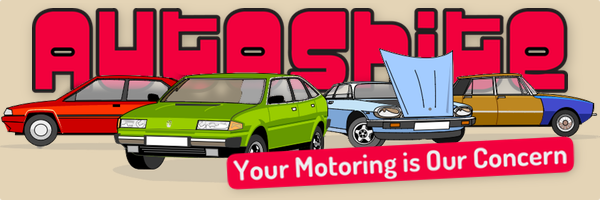Ask a Shiter
-
Similar Content
-
Solent Shiters Meetup?
By Stanky,
- 7 replies
- 777 views
-
- 141 replies
- 16,302 views
-
- 1,635 replies
- 291,474 views
-
- 1,582 replies
- 151,647 views
-
- 302 replies
- 49,796 views
-






Recommended Posts
Create an account or sign in to comment
You need to be a member in order to leave a comment
Create an account
Sign up for a new account in our community. It's easy!
Register a new accountSign in
Already have an account? Sign in here.
Sign In Now